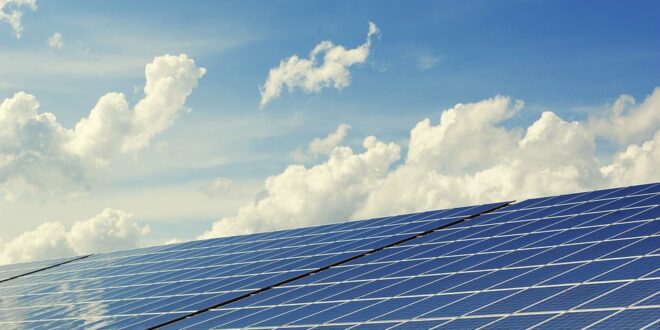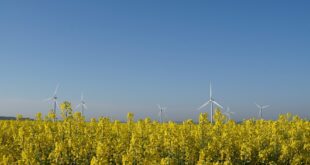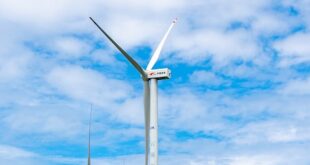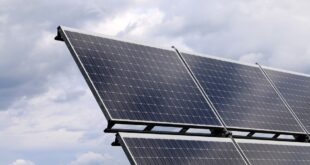The Future is Green: The Rise of Renewable Energy
As we face pressing concerns about air pollution, climate change, and dwindling natural resources, renewable energy sources like solar, wind and hydroelectric power are becoming increasingly important. Not only are they more sustainable, but they are also becoming more economically feasible as advancements in technology are making them cheaper and more efficient.
Solar Power: Harnessing the Power of the Sun
Solar power is one of the most well-known and accessible forms of renewable energy. It uses solar panels to convert the energy emitted by the sun into electricity that can power homes, businesses, and even entire cities. Governments around the world are investing in solar power as it is becoming increasingly efficient, affordable and has a low carbon footprint. Combined with battery storage systems, solar energy can be harnessed all day and night. Many countries are discovering that it’s utilisation has significantly reduced their carbon footprint, helping meet greenhouse gas emission targets.
Wind Power: Sailing with the Wind
Wind power is another renewable energy source becoming increasingly popular. Wind turbines generate clean energy that can be used on-site or distributed to the electricity grid. Mills across the world are making big structures mounted with towering blades through which wind flows that generate electricity. Whilst early examples of wind turbines produced buzzes, designed wind turbines are virtually noiseless. Furthermore modern designs use artificial intelligence in combination with the design to locate the optimal site to site the turbines whilst furthering their efficiency, helping significantly to power cities around the world.
Hydroelectric Power: The Enjoyment of Water
Hydroelectric power is another popular utilizing rushing water. These water drives turbines, which generate electricity typically at Dams. Hydropower is versatile, working both onsite power abd grid power. Some famous works of the hydropower generation capability include the Three Gorges Dam in China, the Aswan Dam in Egypt, and the Hoover Dam in the US. Hydropower systems are particularly suited to those with enormous open bodies of water, as therefore requires with plenty of access to freshwater, certainly unlocking expansive opportunities for lesser-served regions, regardless of its preferential locations.
Renewable energy for Future Generations
As the world shifts towards renewable energy, newer innovations both in design and cost offset are boosting output or lowering the cost effectiveness constantly. Batteries that store excess wind energy to be unleashed when winds are dead, the introduction of floating wind turbines, and research the world over attempting to fine tune and perfect solar cells. We have miles to go, however advances attained are gradually steering a turn to sustainable energy in all aspects of life, growing the focus of industries toward action regarding ecological protection left for future generation, this use of renewable energy is here for even our moving forward in today’s day and age, making migration of electric vehicles and other power reliant modern-day automation such as lighting and air-conditioning cost-effective with less of an environmental impact.
Good news for future generations, renewable energy: solar, wind, and hydropower has taken centre stage as the notable preference in powering the world in the possible decades to come. From Europe to Australia to East Asia, continents across the world have adopted utilizing minimally invasive or non-insidious forms of energy, in hopes of doing meaningful prevention or minimizing the effects of climate change, preserving nonrewable energy sources, and simultaneously enabling developed, affordable power sources. Renewable energy infrastructures massively expanding storage facilities and enhancing energy access and convenience, as innovation continues lead the way leading the world’s renewable energy sector toward self-sufficiency hope in providing our future descendants with an earth that fully sustains them.
 Mind Uncharted Explore. Discover. Learn.
Mind Uncharted Explore. Discover. Learn.




